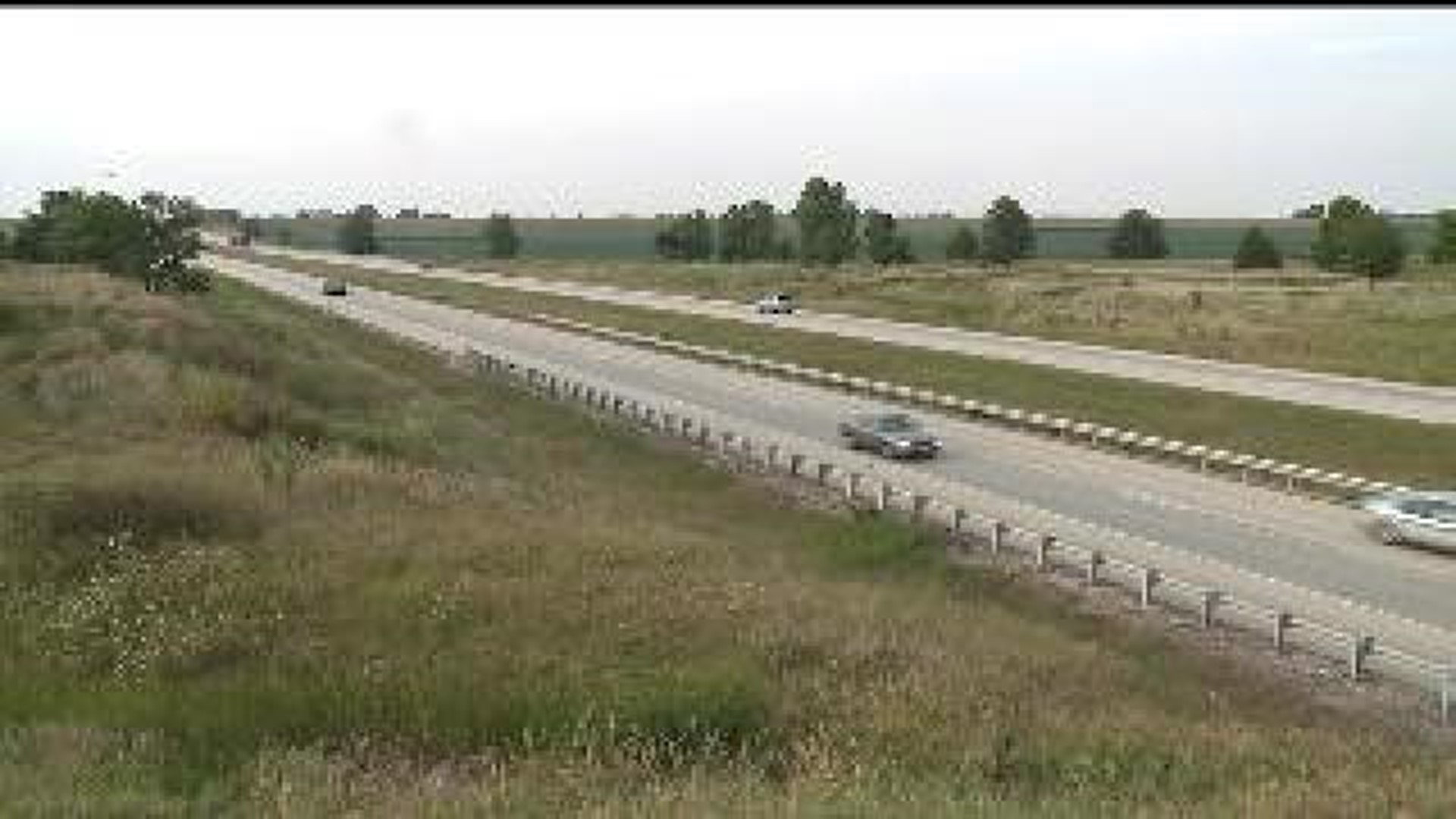Governor Pat Quinn signed a new law Monday that increases the speed limit to 70 miles per hour on rural four-lane highways in Illinois.
As of January 1, 2014, the maximum speed will be 70 miles per hour on four-lane divided highways outside of urban areas. Eight counties are allowed to opt-out by setting a lower speed limit on such roads in their jurisdictions to meet their local needs. Those counties are Cook, DuPage, Kane, Lake, Madison, McHenry, St. Clair and Will.
The hike in the speed limit, though, could come at a price. When Iowa speed limits made the same jump in 2005 -- from 65 miles per hour to 70 miles per hour -- there was a nearly 33 percent increase in deadly crashes from the four years before the switch to the four years after.
From 2001 to 2004, Iowa averaged 31.3 deaths per year on rural interstates. From 2005 to 2008, that average jumped to 41.5 deaths per year.
Those numbers are part of the reason why the Illinois Department of Transportation opposed the new law, saying that both crashes and fatalities will increase.
Drivers News Eight spoke with on Monday, though, said they didn't expect the increase to make much difference on Illinois highways.
"Everybody's flying by me, and I do 75. So, they must be doing 80 or 85, maybe 90," said Gus Hayes.
"It still doesn't rule out common sense, so you still gotta do that. Regardless of what the speed limit is, the road is still something that you have to pay attention to," said Ed Harris.
The new law tightens the limit for speeds considered "excessive," too. Current law defines excessive speeding as traveling 31 miles per hour or more over the posted speed limit. The new law reduces that threshold to 26 miles per hour over the posted limit.
Illinois joins 36 other states, including Iowa, which already have speed limits of 70 miles per hour or higher on some portion of their roadways.
Other states with similar limits include Alabama, Arizona, Arkansas, California, Colorado, Florida, Georgia, Idaho, Indiana, Kansas, Kentucky, Louisiana, Maine, Michigan, Minnesota, Mississippi, Missouri, Montana, Nebraska, Nevada, New Hampshire, New Mexico, North Carolina, North Dakota, Ohio, Oklahoma, South Carolina, South Dakota, Tennessee, Texas, Utah, Virginia, Washington, West Virginia and Wyoming.

